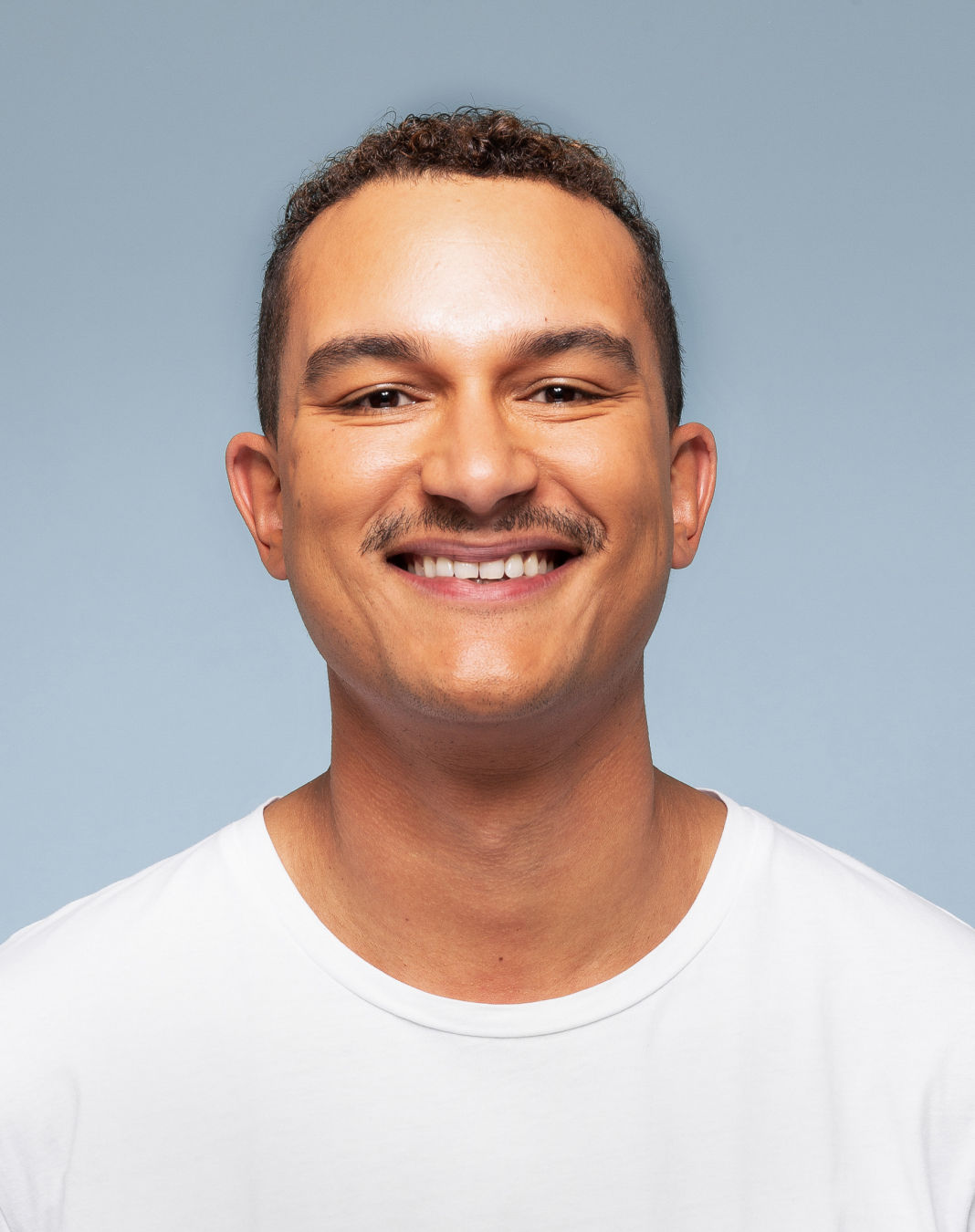Recommended Skincare
Morning:
1. Sulfactil Cleanser
2. Niactil 4%
Evening:
1. Niactil Cleanser
2. Acticlear Pads
3. Sulfactil Cream (spot-treatment)
4. Acticlear Gel

Skin Condition
Seborrheic dermatitis is a common, chronic, relapsing form of eczema that mainly affects the sebaceous, gland-rich regions of the body.

Doctors don’t yet know the exact cause of seborrheic dermatitis, but studies point out that it may be related to a yeast (fungus) called Malassezia that is in the oil secretion on the skin.
The condition appears in patches of greasy skin covered with flaky white or yellow scales or crust on the face, sides of the nose, mouth, and eyebrows. It may also occur on chest, ears, eyelids, armpits, and groin area.
The condition also affects the scalp, and causes scaly patches, redness and stubborn dandruff. In these cases, «Fungoral», a shampoo containing fungicide, is recommended.

How common is Seborrheic dermatitis??
Individuals with increased sebum production are prone to the condition. Approximately 5-10 % of men and women, aged 20 to 45 years, are affected.
What are the tell-tale signes?
What are the triggering factors?
The signs and symptoms may be more severe if you’re stressed, and they tend to flare in cold, dry seasons, or when taking antibiotics.
How to treat Seborrheic dermatitis?
Keratolytics is recommended to use to remove scales when necessary, such as Salicylic-acid (Acticlar Pads) and Azeloglycine (Acticlear Gel). These active ingredients are often combined with Sulfur (Sulfactil Cleanser) to further reduce one of the triggering factors, the yeast Melassezia. Niacinamide (Niactil 4%) is often recommended to moisturise and strengthen the skin barrier.
Recommended Skincare
Morning:
1. Sulfactil Cleanser
2. Niactil 4%
Evening:
1. Niactil Cleanser
2. Acticlear Pads
3. Sulfactil Cream (spot-treatment)
4. Acticlear Gel
